No one loves a good peruse through the Dollar Tree (should be named the Dollar Twenty-Five Tree now) or the Bull’s Eye bins more than an elementary school teacher. Am I right? And for phonics instruction, the exploration of innovative and effective tools that align with the Science of Reading is a continuous journey for me and often begins at one of the mentioned spots.
In this blog post, we’ll delve into some tools that can unlock the fascinating world of multisensory learning and its profound impact on improving reading skills. And yes! I got you, girl, most of these things pop up inexpensively in your favorite shopping spots.
Multisensory tools have gained increasing recognition for their ability to engage learners in unique and powerful ways. We’ll be taking a closer look at some exceptional tools that can elevate the reading experience for children and adults alike. Let’s dive in!
- Play Dough – Mold Words with Creativity
Play dough is not just for imaginative play; it can also be a fantastic tool to reinforce reading skills. With its pliable texture and vibrant colors, play dough invites learners to physically shape letters and words. This tactile experience activates different areas of the brain, making learning more memorable and engaging. Encourage your child to form letters, blend sounds, and even create whole words with this squishy delight!
- Pipe Cleaners – Shape Sounds with Flexibility
Pipe cleaners might seem like an unconventional choice, but their bendable nature makes them perfect for reinforcing phonetic awareness. Encourage learners to twist and shape pipe cleaners to mimic various letter forms, making letter-sound connections fun and interactive. Additionally, you can use different colors to represent different phonemes, creating a visual aid that supports the learning process.
- Pop Its – Pop into Phonics Fun
Pop Its, originally designed as stress-relief toys, have found a new role in education. These silicone bubble-popping wonders offer a satisfying tactile experience while practicing phonics. Create a game where each bubble represents a letter or a sound. Learners can pop the bubbles as they sound out words, making learning phonics an enjoyable and engaging experience. I love to use Pop Its during my Small Group instruction.
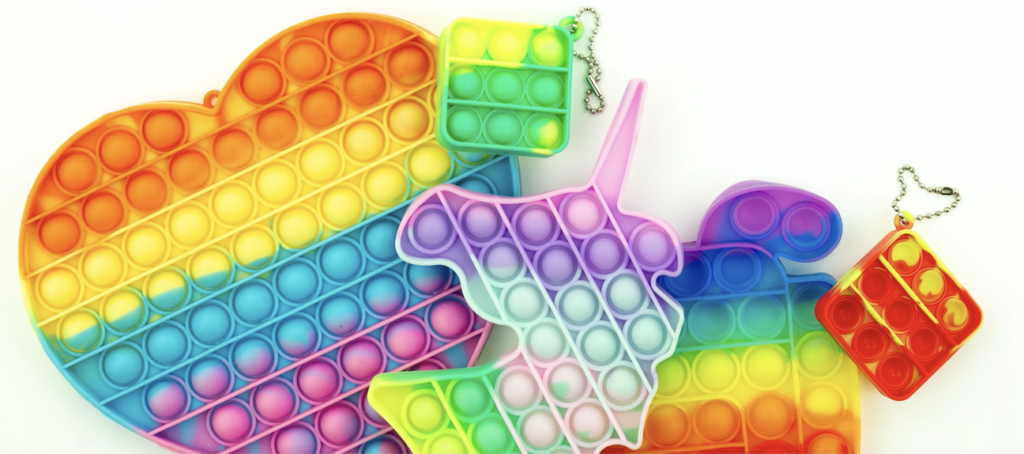
- Sand Trays – Writing in a Sensory Sandbox
Sand trays provide an excellent multisensory tool for practicing handwriting and spelling. The smooth sensation of running fingers through the sand helps reinforce muscle memory while forming letters. Use the sand tray to practice spelling words or tracing letters, giving learners a sensory-rich experience that facilitates better retention of reading concepts.
I try to use these daily in my phonics instruction! Rather than trays, I have little boxes stored on a shelf at the side of my room. An early routine I teach is how to get your sandbox! Once the routine is in place, I do a countdown and reward the class for beating the countdown with a whole class Dojo point.
- Magnetic Letters – Building Words with Magnetic Appeal
Magnetic letters have long been a staple in early childhood education and for a good reason. These versatile tools allow learners to physically manipulate letters to create words, making the process of reading more interactive and enjoyable. You can encourage children to build words, blend sounds, and even play word games on the fridge or any magnetic surface.
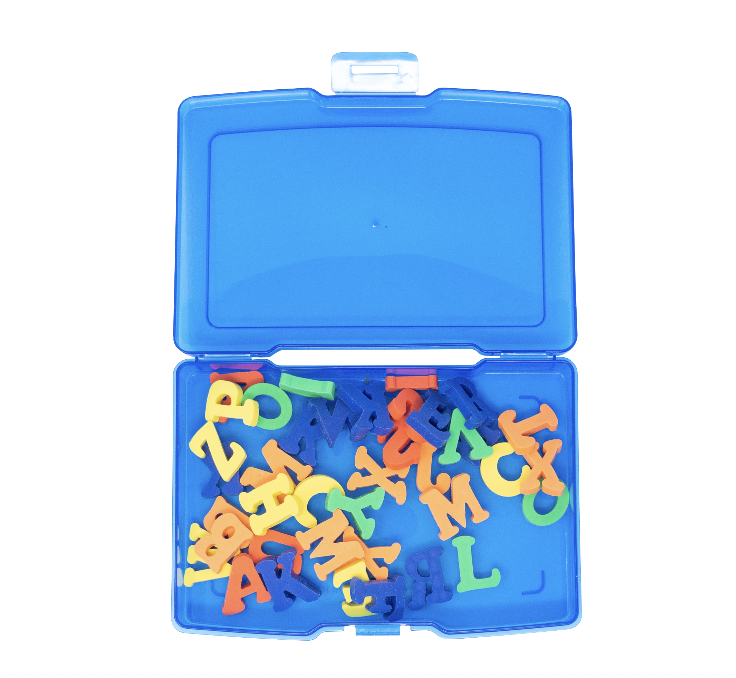
Other ideas:
- Reading Games: Target frequently offers educational games that focus on reading skills, such as word-building games or sight word bingo.
- Reading Posters and Charts: Check out Bullseye Spot for reading-themed posters and charts that can decorate your reading corner or classroom, creating a print-rich environment.
- Dry Erase Boards and Markers: Dry erase boards are versatile tools for practicing letter formation, word building, and various reading exercises.
- Reading Workbooks: Look for workbooks that align with early reading skills, phonics, comprehension, and handwriting practice.
- Book Bins or Organizers: Target often carries various storage solutions that can help keep reading materials organized and easily accessible for young readers.
- Reading Incentives: Find fun reading-related stickers, bookmarks, or rewards to motivate and encourage young readers.
- Alphabet Puzzles: Look for puzzles featuring letters or letter-picture associations, promoting letter recognition and vocabulary development.
- Phonics Activity Sets: Keep an eye out for kits or sets that include phonics games, cards, and activities to reinforce letter-sound relationships.
To Wrap it Up:
Incorporating multisensory tools into the Science of Reading can significantly enhance the learning experience. Play dough, pipe cleaners, Pop-Its, sand trays, and magnetic letters provide learners with exciting and interactive ways to engage with reading concepts. By tapping into different senses, these tools create stronger neural connections, making learning more effective and enjoyable.
Remember, every learner is unique, and finding the right combination of tools that resonate with your child’s or student’s learning style is key. The magic lies in turning the process of learning to read into a captivating and empowering journey. So, go ahead, dive into the world of multisensory learning, and watch as the science of reading comes to life!
We hope you enjoyed exploring these multisensory tools with us at Darling Ideas. Stay tuned for more innovative ideas to inspire and elevate learning experiences. Happy reading and learning!
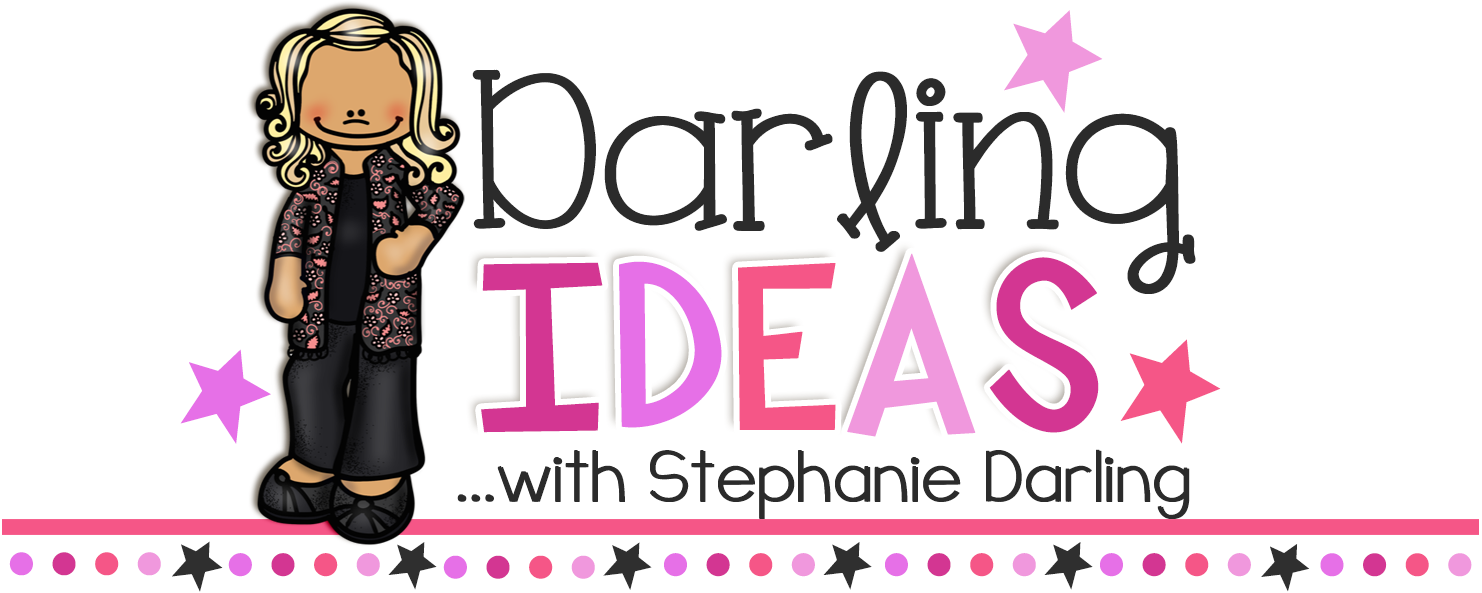
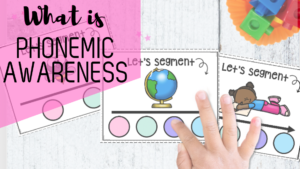
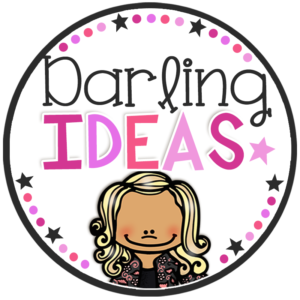
No Comments